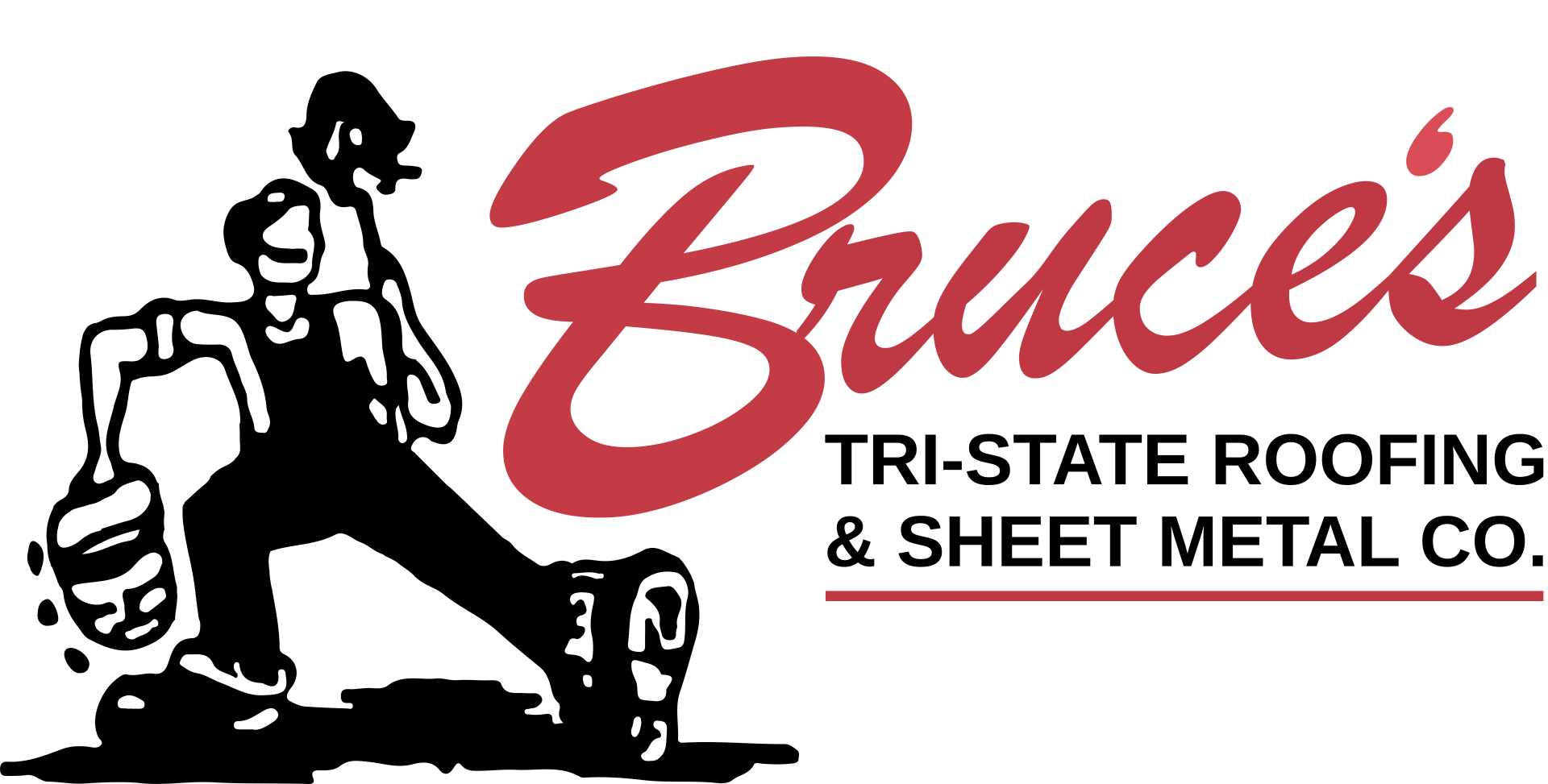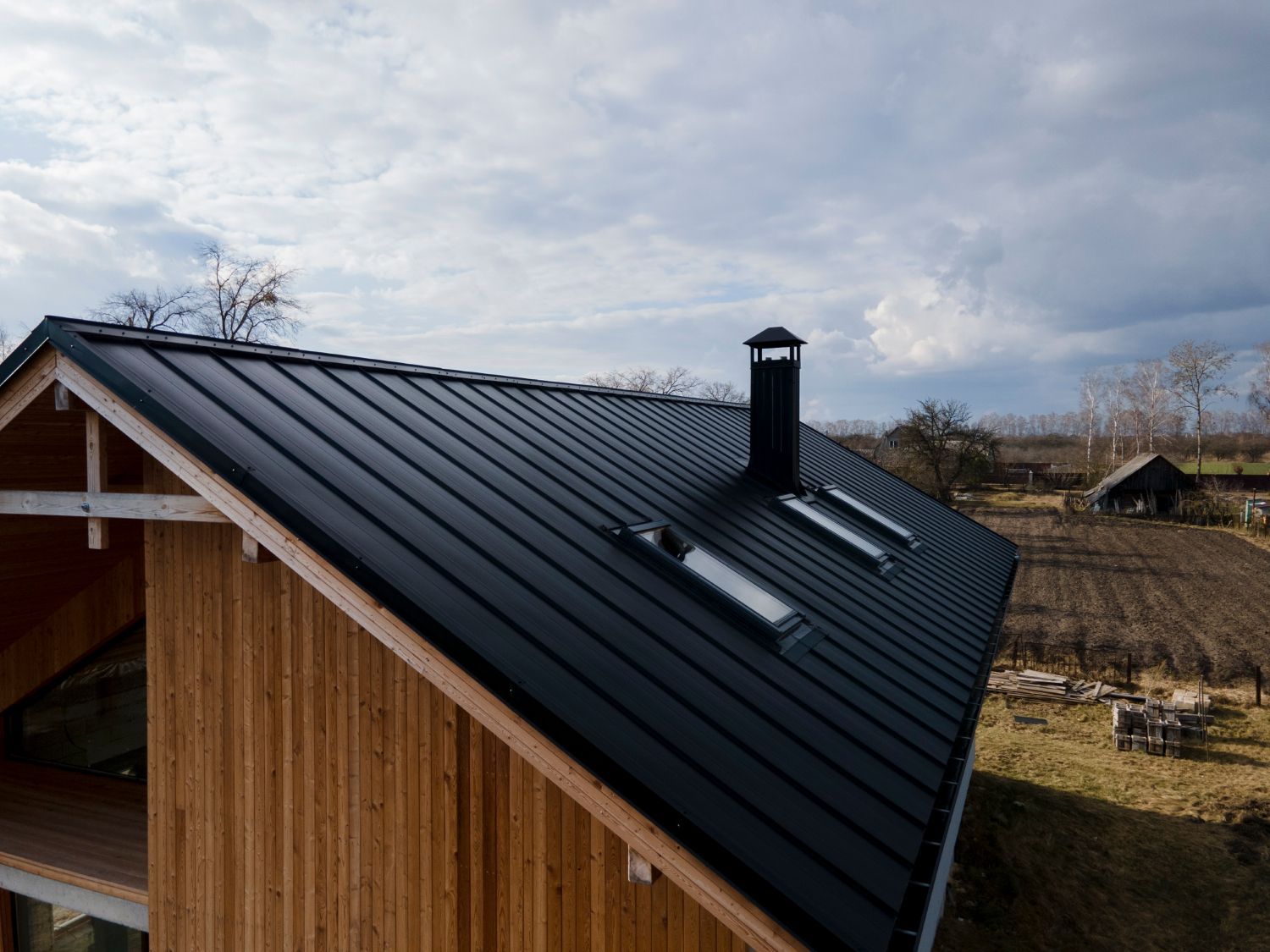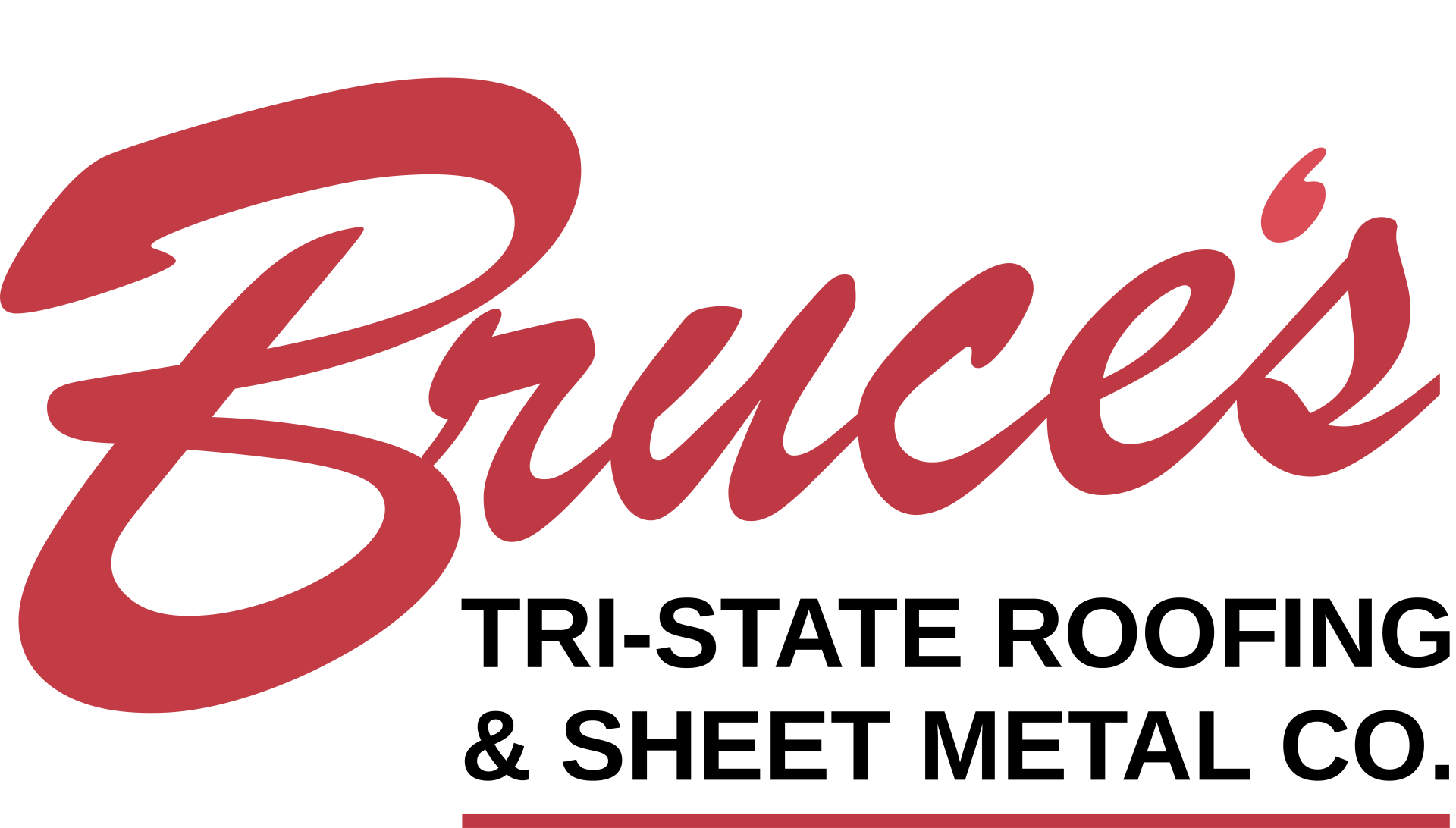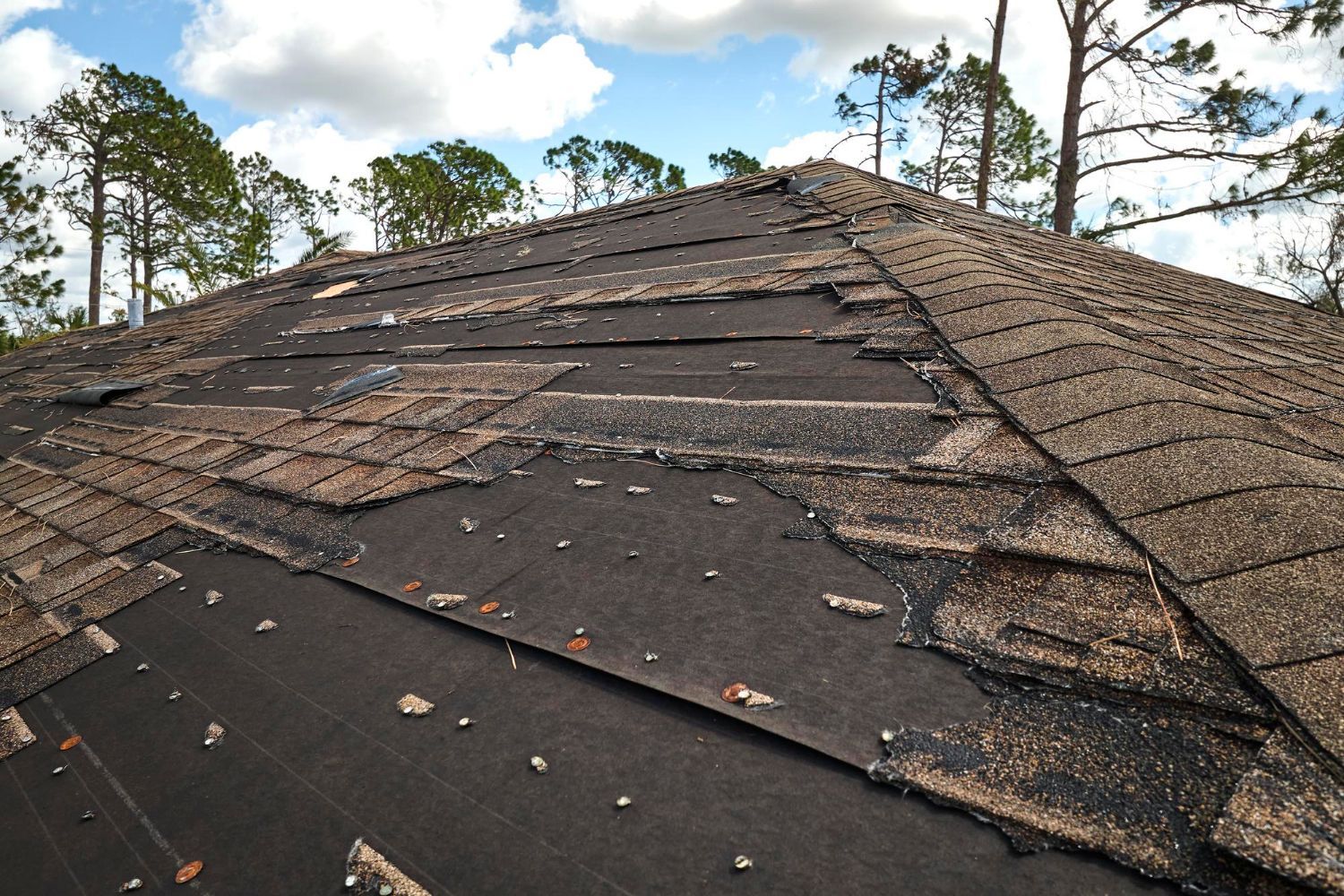
A well-ventilated attic is a vital aspect of any comfortable and energy-efficient home. Proper attic ventilation is more than just a luxury; it plays a critical role in managing moisture levels, preventing water damage, preserving roof longevity, and conserving energy during both summer and winter. Attic ventilation often goes unnoticed until problems arise, such as mold growth, ice dams, or exorbitant energy bills. By understanding the importance of proper ventilation, you can take the necessary steps to safeguard your home and enjoy a more comfortable, cost-efficient living environment.
As experienced roofing professionals based in Owensboro, KY, Bruce's Tristate Roofing understands the unique challenges local homeowners face. We encounter various roofing and ventilation issues, and by sharing our insights and expertise, we aim to educate and empower you to make informed decisions about your home's attic ventilation needs. In this comprehensive guide, we will explore the benefits of proper attic ventilation, the types of venting systems available, and the common symptoms of poor ventilation. Moreover, we will outline our professional approach to assessing and installing the ideal attic ventilation solution for your unique home and climate.
By the end of this guide, you will have gained valuable knowledge on the importance of attic ventilation and its vital role in maintaining your home's comfort, energy efficiency, and structural integrity. Trust our skilled team to guide you through this crucial aspect of home maintenance, ensuring peace of mind and lasting satisfaction.
The Benefits of a Well-Ventilated Attic
Proper attic ventilation plays a critical role in preserving the life of your roof and ensuring a comfortable, energy-efficient home. Key benefits include:
1. Moisture Control: Adequate airflow prevents condensation buildup, reducing the risk of mold growth, wood rot, and insulation damage, which can compromise your home's structural integrity.
2. Temperature Regulation: A ventilated attic allows for better air circulation, helping to keep your living spaces cooler in the summer and reducing the likelihood of ice dams in the winter.
3. Energy Savings: By moderating temperature extremes, proper attic ventilation minimizes the strain on your heating and cooling systems, reducing energy consumption and lowering utility bills.
4. Roof Longevity: Effective ventilation helps preserve your roof's life by preventing heat buildup, which can cause shingle deterioration and protecting against moisture-related damage.
Understanding Attic Ventilation Systems
A successful airflow system in your attic typically relies on a combination of intake and exhaust vents. Here, we've outlined the most common types of attic vents:
1. Soffit Vents: Installed along the soffit (the horizontal surface under the eaves of your roof), soffit vents serve as intake vents, allowing fresh air to be drawn into the attic as hot air rises and escapes via exhaust vents.
2. Gable Vents: Positioned at the roof's peak, on either end of the gable, these vents act as both intake and exhaust vents, permitting airflow through the attic space.
3. Ridge Vents: Installed along the ridge of your roof, these low-profile vents act as exhaust vents, allowing hot air to escape your attic while maintaining a continuous, unobtrusive appearance.
4. Roof Vents: Roof vents or roof louvers, typically situated near the roof's peak, function as exhaust vents, promoting upward airflow and heat release.
Identifying Signs of Poor Attic Ventilation
Knowing the symptoms of inadequate attic ventilation can be vital for timely intervention and preventing further damage. Keep an eye out for these common warning signs:
1. Excessive Heat: If your upper-floor living spaces are consistently hotter than the rest of your home, or if the roof is hot to the touch on a sunny day, it may be a sign of poor attic airflow.
2. Mold and Mildew: A damp, musty smell in your attic or the presence of mold and mildew indicates excessive moisture, which can be a consequence of improper ventilation.
3. Ice Dams: In the winter, poor attic insulation and ventilation can lead to the formation of ice dams, as warm air in the attic melts the snow on the roof, causing it to refreeze at the eaves.
4. High Energy Bills: If you notice unusually high heating and cooling costs, it may be due to a lack of proper attic ventilation, causing your systems to work harder to maintain comfortable temperatures.
What We Can Do to Help Optimize Your Attic Ventilation
As roofing experts, we comprehensively assess and address your home's attic ventilation needs. Our services include:
1. Inspection and Analysis: We begin by thoroughly evaluating your current attic ventilation and insulation system. This allows us to identify any existing issues and determine the optimal type and placement of vents for your home.
2. Custom Ventilation Solutions: Based on our assessment, we recommend a tailored ventilation system designed to maximize energy efficiency and comfort while preserving the integrity of your roof and home.
3. Quality Installation: Our skilled team professionally installs your new attic vents and ensures seamless integration with your existing roofing system, backed by our commitment to quality workmanship and customer satisfaction.
4. Ongoing Maintenance: To maintain the efficiency and longevity of your attic ventilation system, we offer routine inspections and maintenance. This proactive approach ensures that any potential issues are addressed promptly, safeguarding the health and comfort of your home.
Conclusion
Proper attic ventilation is vital in ensuring your home's comfort, energy efficiency, and structural integrity. By understanding its importance and recognizing the early warning signs of poor ventilation, you can take the necessary steps to safeguard your home and enjoy a more comfortable living environment. Trust Bruce's Tristate Roofing’s team of skilled professionals to guide you through the process of assessing, optimizing, and maintaining your home's attic ventilation system. Contact us today to learn more about our premium
roofing and attic ventilation services.

Have Total Confidence in the Roof Over Your Head
Hire an experienced commercial roofing company serving the entire Tri-State area


Hours
Mon: 7:00AM-4:00PM
Tue: 7:00AM-4:00PM
Wed: 7:00AM-4:00PM
Thu: 7:00AM-4:00PM
Fri: 7:00AM-4:00PM
Sat: Closed
Sun: Closed
All Rights Reserved | Website Designed & Developed By Oddball Creative

